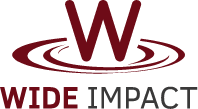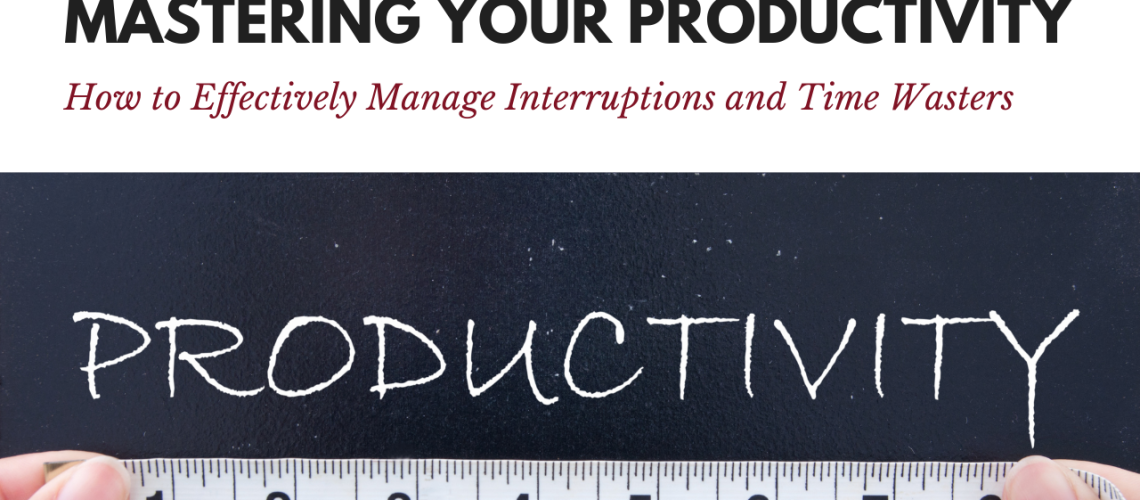By Dr. Salam Slim Saad
It’s easy to get distracted at work.. One moment, you’re working on something, and then you get a call from your mom. Or a coworker stops by your desk with a quick question. Or maybe a colleague sends you an article he or she thinks is really important, but you can’t read it right now because you’ve got to finish up this report for tomorrow’s meeting.
These interruptions aren’t necessarily bad things— In fact, sometimes they’re welcome breaks! However, if not managed well, they can throw off your productivity in a big way.
In our fast-paced, competitive environment, “productivity” isn’t just a buzzword; it’s an essential quality many seek to cultivate. But what does it truly mean to be productive, and why does it matter?
Productivity isn’t merely about busyness or ticking off tasks from a to-do list. It expresses the efficient use of time and resources to achieve set objectives. It’s about prioritization, focus, and maximizing results. When we’re productive, we not only accomplish more in less time but also enjoy a profound sense of achievement. This mindset not only elevates our professional lives but also grants us more leisure moments, enabling quality time with family, pursuing hobbies, and ensuring a balanced work-life equilibrium.
By understanding the importance of productivity, we can unlock its transformative power in our lives. So here are some tips for dealing with those annoying interruptions and time-wasters:
Identifying Common Interruptions and Time Wasters

Picture yourself as a project manager leading a team meeting to discuss a critical project deadline. As you kick off the meeting, your team members start experiencing disruptions like unrelated phone calls, checking personal emails, or engaging in side conversations. These interruptions disrupt the meeting’s flow, leading to wasted time and decreased focus on the task at hand.
To categorize and address these disruptions, consider the following:
- Email Notifications: Team members receiving frequent email notifications on their devices during the meeting can divert their attention away from the discussion.
- Phone Calls: Incoming phone calls, especially personal ones, can disrupt the meeting and lead to unnecessary pauses.
- Side Conversations: Colleagues engaging in side conversations not only distract themselves but also create noise that hampers overall communication.
Additionally, some other common time-wasters include:
- Social Media: It’s easy to get lost in endless scrolling and clicking through entertaining content.
- Meetings: Meetings can also be a source of time wastage, with some turning into unproductive discussions that seem to never end.
- Multitasking: Although it may seem like a superpower, multitasking often leads to decreased efficiency as it disrupts focus and increases the likelihood of mistakes.
- Procrastination: Procrastination stands out as one of the most significant time-wasting culprits, causing unnecessary stress and leaving less time for quality work.
Strategies for Effective Time Management and Minimizing Interruptions
From the constant pings of digital notifications to the often blurred lines between work and personal time, navigating the modern workplace requires a keen sense of focus and effective strategies. Managing interruptions is crucial for productivity. Here are effective strategies to help maintain focus and reduce disruptions:
Time Management Techniques
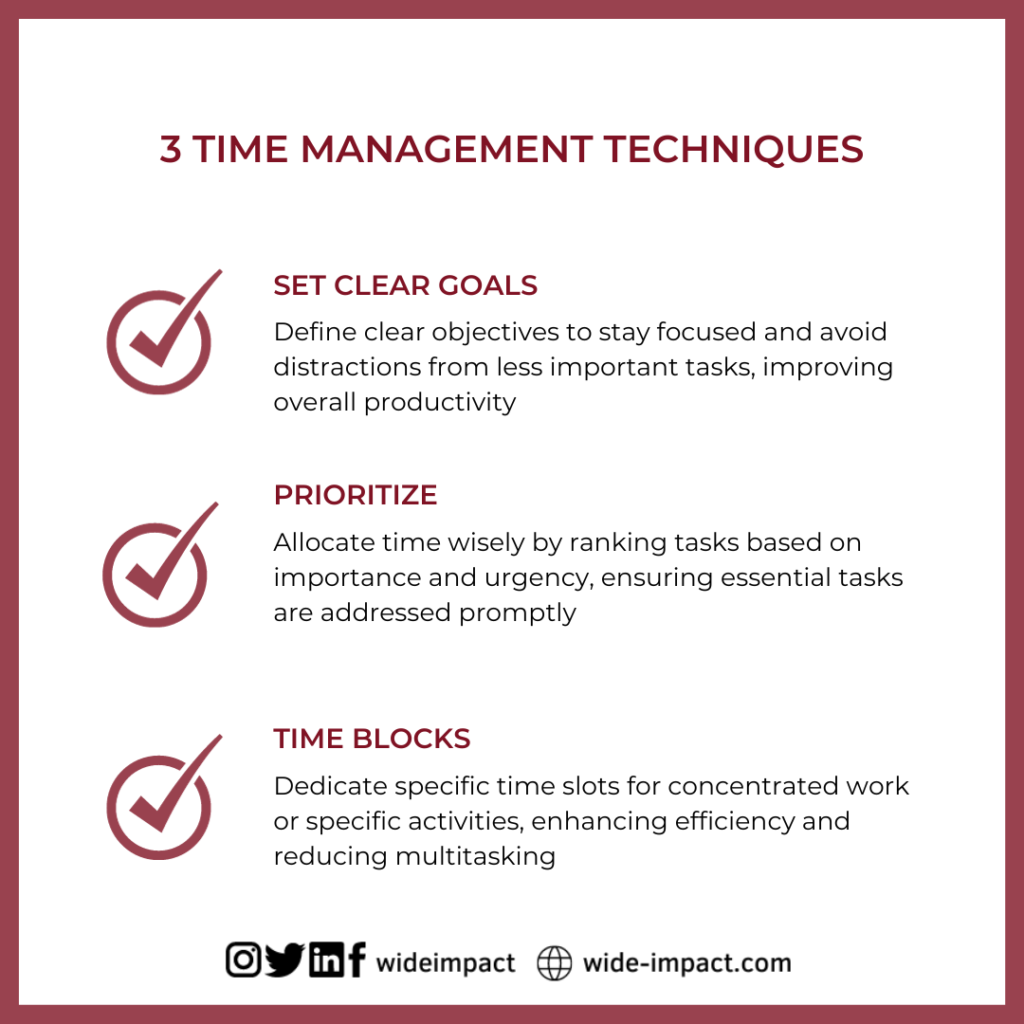
Set Clear Goals: Focus on tasks that need immediate attention to avoid being sidetracked by non-urgent activities.
Prioritize Tasks: Allocate exclusive time slots for high-priority tasks, ensuring they get completed efficiently.
Time Blocking: Carve out specific time chunks for concentrated work or specific tasks, such as setting aside the early hours for creative work.
Break Tasks into Manageable Steps: Large projects can seem daunting. Simplify by breaking them down: start with data collection, move to analysis, then to report writing.
Use Productivity Tools: Leverage technology, such as task management apps, collaboration software, and digital calendars with reminders.
Creating a Productive Schedule: Map out day-to-day activities, incorporate regular short breaks, and use digital tools for monitoring.
Flexibility: Schedules can be disrupted; adaptability ensures tasks still get completed.
Minimizing Interruptions
Minimize Distractions: Reduce digital interruptions by turning off non-essential notifications and using tools to block distracting sites.
Set Boundaries: Use visual cues, like a “do not disturb” sign, to inform colleagues of your focus periods.
Control Digital Distractions: Designate specific periods during the day to check emails or messages, reducing constant digital pull.
Assertive Communication: Politely communicate your engagement if interrupted and propose addressing it later.
Delegate or Outsource: Determine which tasks can be handled by someone else and delegate them, freeing up your time for other priorities.
Physical Workspace Adjustments: Reduce disturbances with noise-canceling headphones or setting up partitions.
Educate and Inform: Periodically remind colleagues about your focus strategies, fostering a respectful work culture.
Scheduled Check-ins: Set aside specific times for checking emails or updates to maintain connection without sacrificing focus.
Overall Well-being
Take Restorative Breaks: Short breaks, such as a brief walk, can improve overall work quality and concentration.
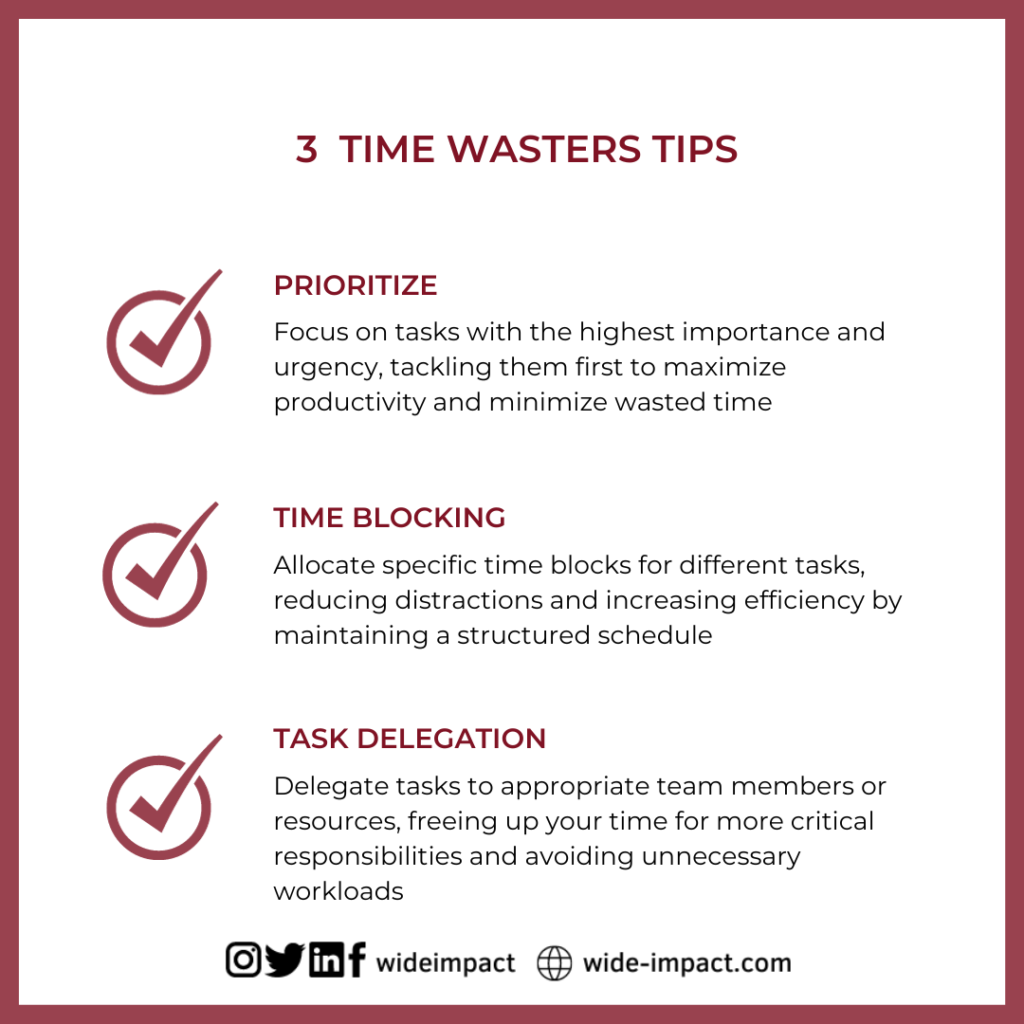
Prioritize Health: Regular exercise, a balanced diet, and adequate sleep play crucial roles in productivity.
Evaluate and Adapt: Periodically review and adjust strategies based on evolving needs.
Utilizing Technology to Boost Efficiency
In this digital age, technology is instrumental in improving productivity and efficiency. With the right tools and strategies, you can harness the power of technology to streamline your workflow and accomplish tasks more effectively.
Project Management Software. These platforms allow you to organize tasks, set deadlines, and collaborate with team members all in one place. By having a clear overview of your projects and their progress, you can prioritize effectively and stay on track.
Automation is another powerful tool for increasing efficiency. Repetitive tasks such as data entry or social media scheduling can be automated using various software solutions. This not only saves time but also reduces the risk of human error.
Cloud-Based Storage Solutions enable seamless collaboration by allowing multiple team members to access files from anywhere at any time. This eliminates delays caused by waiting for documents or searching through emails for attachments.
Communication Tools like instant messaging apps or video conferencing platforms facilitate quick and efficient communication between team members regardless of their physical location. This helps reduce unnecessary interruptions while ensuring effective collaboration.
Task Management Apps can help break down larger projects into smaller actionable steps, keeping you focused on completing one task at a time rather than feeling overwhelmed with an entire project.
In the end, Somewhere along the way, we’ve forgotten how to focus. We can’t seem to reach work-life balance — or even work-life separation.
The key to being productive, as with anything else, is taking baby steps. If you find that you consistently have a problem with distractions and procrastination, start by changing your thinking. Think of small objectives you can complete in short periods of time. Then set those objectives aside, go to work on something else for a while until the time comes for the next short burst of productivity. Keep at this, and soon your “small” tasks will add up to big ones.
Productivity can be a very slippery thing. There are a lot of factors involved, and the tactics for maximizing productivity varies widely from person to person. That’s why adopting a more general strategy for increasing productivity is often the best way to go. And if you follow the advice above, it just might work out for you in the end. Just Remember to give yourself a pat on the back when you do well. Everyone deserves a reward for hard work!

